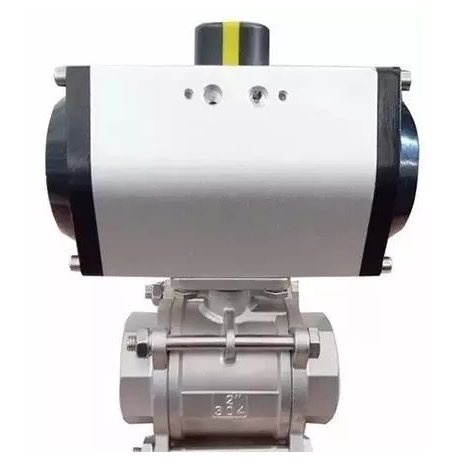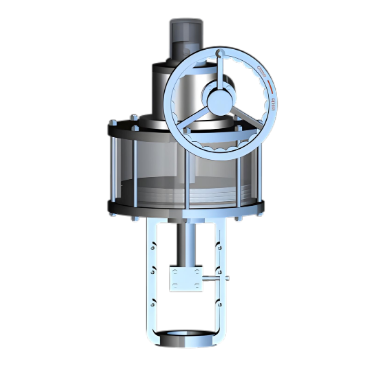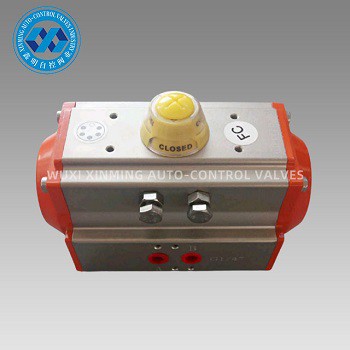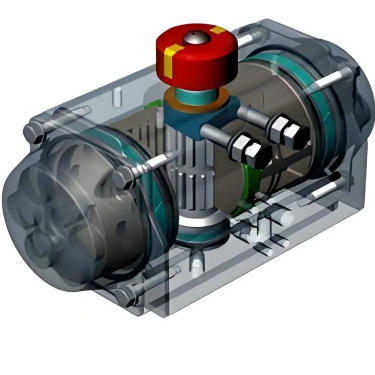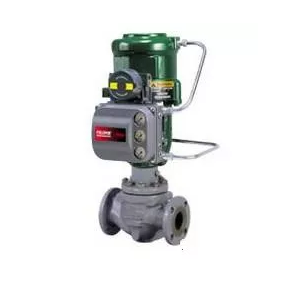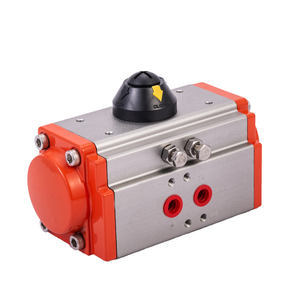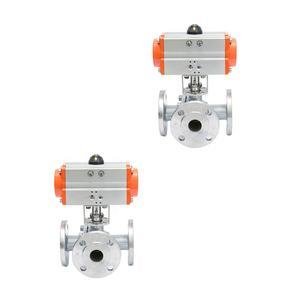A valve actuator serves as a crucial device
that controls the opening and closing of a valve, playing an indispensable role
across various industries.
There are different types of valve
actuators. Pneumatic actuators use compressed air to generate motion. They are
quick - acting, making them suitable for applications where rapid valve
operation is required, such as in chemical processing plants. Hydraulic
actuators, on the other hand, rely on pressurized hydraulic fluid. They can
produce high torque, enabling them to operate large - sized valves in power
plants. Electric actuators are controlled by electric motors, offering precise
control and easy integration with automated systems, commonly found in HVAC
systems.
The operation of a valve actuator is
relatively straightforward. It receives signals from a control system, which
can be manual commands or automated control signals. Once the actuator receives
the signal, it converts the energy source (air, fluid, or electricity) into
mechanical motion, moving the valve stem to open, close, or modulate the
valve.
In industrial settings, valve actuators
ensure the smooth flow of fluids, whether it’s steam in a boiler, oil in a
refinery, or water in a wastewater treatment plant. By accurately controlling
valve operations, they enhance system efficiency, improve safety, and prevent
leaks, ultimately contributing to the reliable operation of industrial
processes.
If you want to learn more about low-priced products, please visit the following website: www.xm-valveactuator.com


